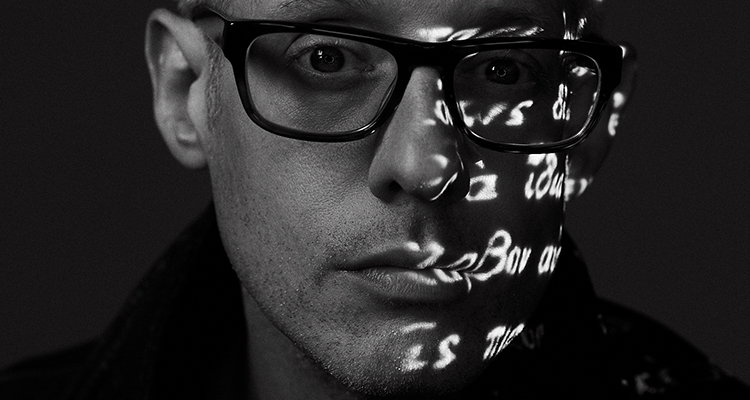It’s just stories after stories like this. Like Judson Van DeVenter, who wrote “I Surrender All,” was struggling between becoming a full-time evangelist or an artist and basically surrendered to becoming an artist and wrote “I Surrender All” as his response, in a way. And “Just As I Am,” which was written by Charlotte Elliot, was written in a period of existential crisis where she was questioning her faith and the existence of God. So, she wrote that to remind her soul of what Christ had done for her on the cross. And “Great Is Thy Faithfulness” by Thomas Chisholm who sold life insurance in New Jersey. He wanted to become a professional evangelist, tried it for a year, and got sick and had to go back to selling insurance. He wrote 1,200 poems while having a desk job and one of them was that [great hymn], which by the way, was inspired by the Book of Lamentations. Some of our most powerful contributions we have to offer to the world are things that are actually born out of suffering. It’s just a question of, “Can we hold onto faith and hope in the midst of it?”
So the picket signs, aside from connecting to the whole thing with protests, came this idea of: We live in an age now where basically everybody is holding out their opinion, their feelings and thoughts, or their emotions 24/7. We live in a day and age in which grievance-based politics has dominated our political discourse and now rendered it inoperable. So, there’s now a hierarchy of grievances. And even for Christians, instead of trying to seek to understand people who feel marginalized, our response sometimes is to say, “Well, I’m more marginalized because of ‘this.’”
So, in some ways, that image to me sort-of describes, “This is us now. This is who we are.” And not just the church, but more so, “This is the crisis of humanity that we face right now.” The song “Picket Sign” was actually the last song written for the record and that came just one night sitting at my piano and realizing that the cross represents the intersection of God reconciling us with Him, but also God reconciling us with each other. The cross has a vertical dimension and a horizontal dimension. The notion of the cross being a picket sign is literally God’s protest of death by giving up His life. And it’s also God’s way of elevating Himself: It’s Jesus being lifted up, not only to reconcile us from our sin, but also to say, “I understand the plight of humanity.” So, the cross represents salvation, but it also represents solidarity.

CCM: It seems we “get” the vertical aspect of the cross, why is it so hard for us to understand the notion of “God reconciling us with each other?”
MM: Well, because human beings are involved. It gets messy, and that’s why it’s difficult. But that’s why it goes back to the great commandment where they asked Jesus, “What is the greatest commandment?” And He said, “You should love the Lord your God with all your mind and heart and your soul.” And then He said, “And you shall love your neighbor as yourself.” And immediately, I think the response is, “But who is my neighbor?” Then Jesus tells this story that we now have kind-of neutered, mostly by our lack of understanding of history and the cultural significance of Samaritans and Pharisees—and we don’t… We’re losing the example of how risky and scandalous the mercy and grace of God actually is.
CLICK “4” TO ADVANCE


Leave a Reply
You must be logged in to post a comment.